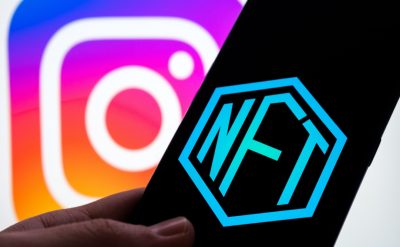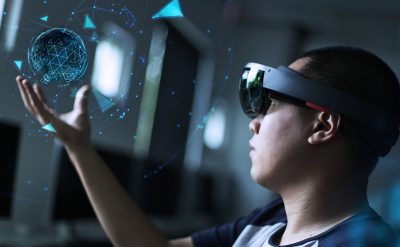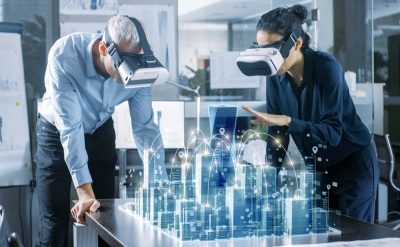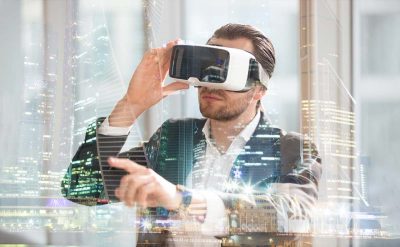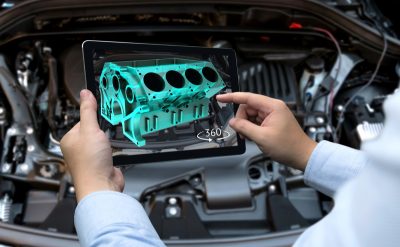Facebook preparing to bring the virtual world to our reality; the company recently laid the foundation for its Facebook Reality Labs (FRL), a division dedicated towards developing both augmented-reality and virtual-reality products. FRL is currently focusing working on a lightweight, all-day, wearable, Augmented Reality (AR) glasses.
The company is building 3D “LiveMaps,” that is called “Shared virtual map” of the real world. The AR glasses will enable users to tap into maps enabling digital teleportation to another place. So a user wearing the glasses will be able to travel anywhere in the virtual world. Facebook is working on developing an approximate teleporting in Virtual Reality where a user can sit down in a shared space with another cartoon avatar of other person using Oculus goggles. The space for virtual-and augmented-reality is becoming more profuse with other players, and kind of applications industries are developing.
AR and VR applications are moving beyond the space of novelty products. Design engineers no longer have to labor using 2D technology to create 3D models on computer screens that lacked the required context of information for 3D models. AR can allow 3D models to be superimposed on physical objects or create holograms making 2D objective.
Marketing is not immune to this shift in technology; convincing a customer is a lot easier with a 3D product as opposed to sharing pictures and videos, which is a passive experience. AR can redefine product experience for businesses and customers alike. Clients can make more confident purchase decisions and even after sales services can be provided virtually increasing product satisfaction. Xerox is already using AR to connect remote technical experts directly with customers. According to the Harvard Business Review, this has increased the rate at which technical problems are resolved by customers without any on-site help by 76%. Not to mention it cut travel costs for Xerox and minimized downtime for customers. Xerox customer satisfaction rates have begun to soar at a 95% due to the use of AR.
Products like wearable AR glasses can even reduce the need for physical stores; a user can wear Goggles and try different kinds of products online. E-commerce players are experimenting with VR and AR to provide online users with real-life product experience.
AR and VR are set to enable a new information paradigm, with data requirements for such technology reaching to a new level. Such innovations are set to transform how information is collected, transmitted, and accessed but current limitations on data storage and delivery of data are important barriers yet to be crossed.






